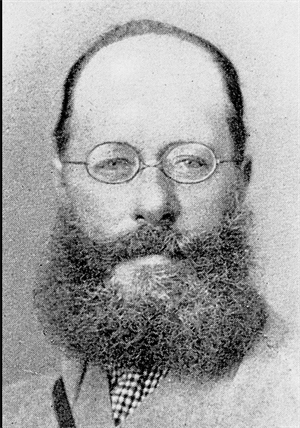PDF chapter test TRY NOW
Edward Lear was an English poet, artist, illustrator, musician, and author. He was born on \(12\) May \(1812\) in Holloway, North London. He was born and raised in a middle-class family with \(20\) siblings born before him. Unfortunately, many of them suffered from different ailments and passed away at an early age. Lear belonged to a family of stockbrokers, and his father faced a huge loss when Lear was around five years old. This led to his sister Ann, who was \(21\) years older than him, take care of him as a young child. He did not have any formal education. His sister tutored him at home, identified his passion for doing sketches and painting, and encouraged him to pursue it.

Edward Lear*
Lear started supporting his family from a young age with the help of his talent for sketching. At the age of fifteen, he started earning by selling his sketches on the roads of London. He drew on daily happenings around the city initially. He later took it up as a profession by making anatomical drawings and later shifted to making illustrations for Natural history books. His first recognised illustrated book was Illustrations of the Family of Psittacidae, which was a print of parrots. This book impressed the Earl of Stanley, Edward Stanley, who appointed him to draw his animal collection at Estate.
Lear started off by writing poems and stories for the children at the Earl's Estate. He termed them as a bunch of nonsense verses but later took it up as a serious profession. He used the 'Limerick', which is a five-line fun poem that mocks at anything. He compiled most of his poems as 'A Book of Nonsense'. Lear was an ardent traveller as he loved to explore new places. His fallout with his long-time friend Franklin Lushington made him depressed, and some of his poems are dedicated to him.
Some of his famous works:
- Views in Rome and its Environs
- Gleanings from the Menagerie at Knowsley Hall
- Illustrated Excursions in Italy
- The falls of the Kalama Albania
- Laughable Lyrics
- Tortoises, Terrapins, and Turtles
- The Quangle-Wangle's Hat
Reference:
